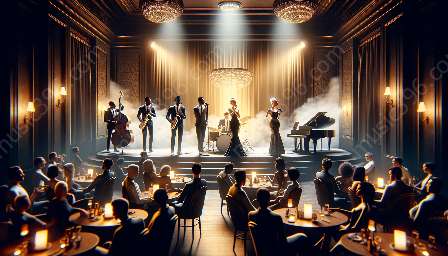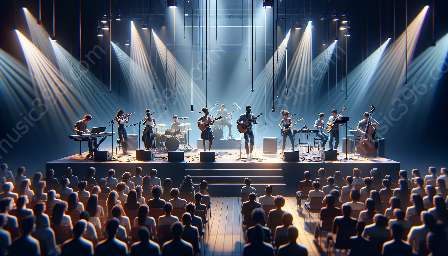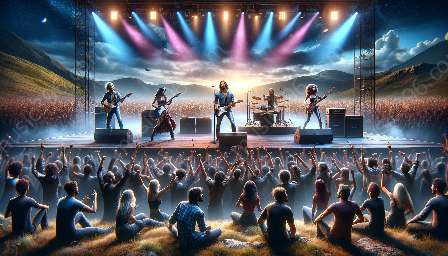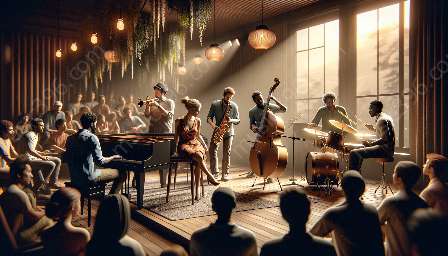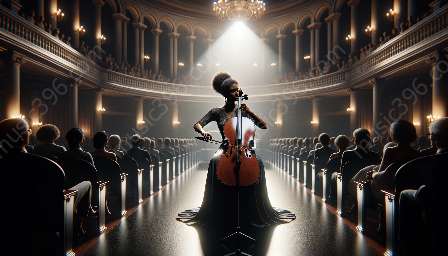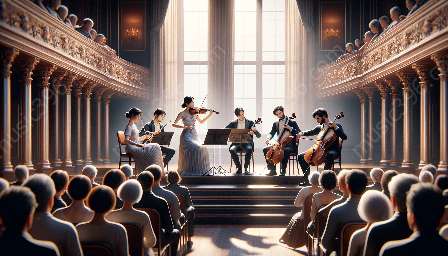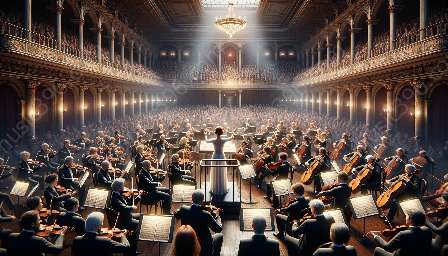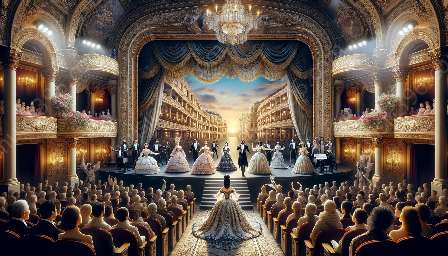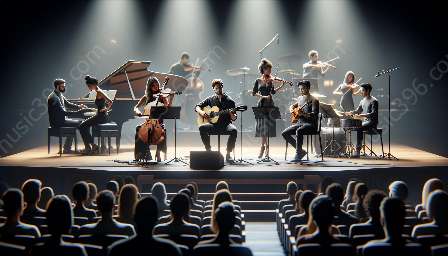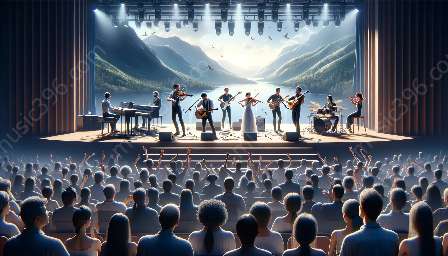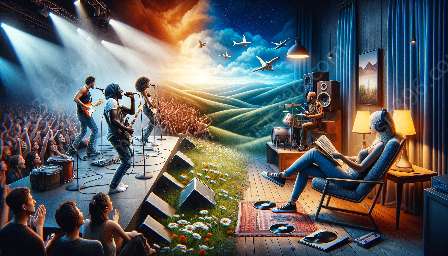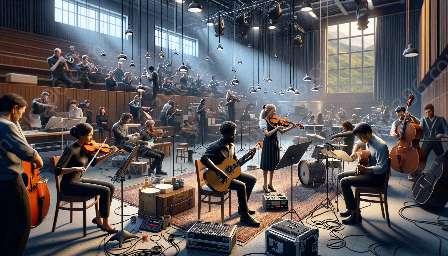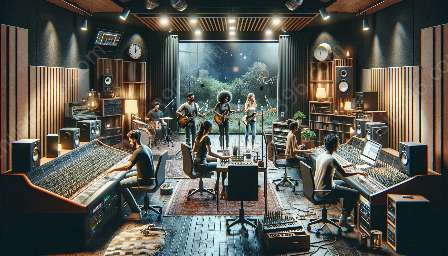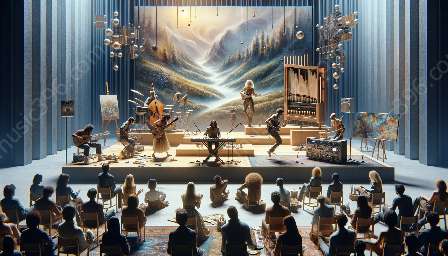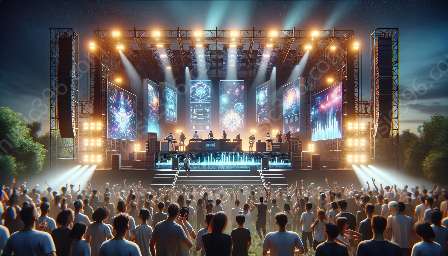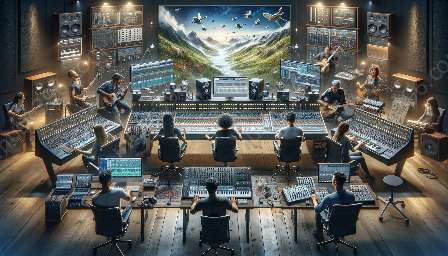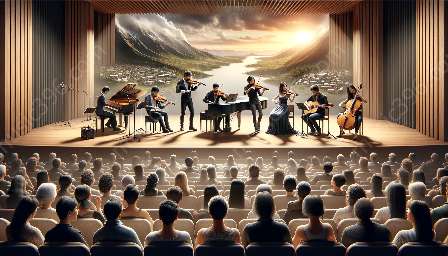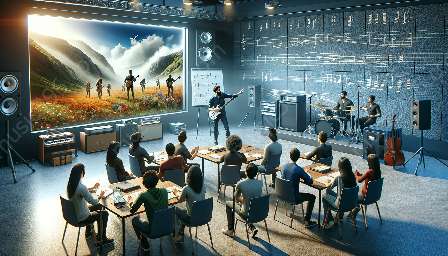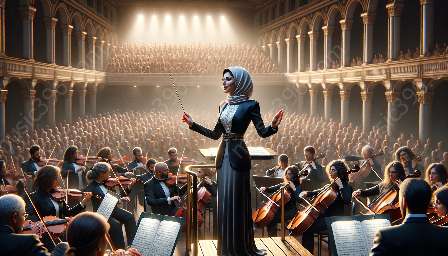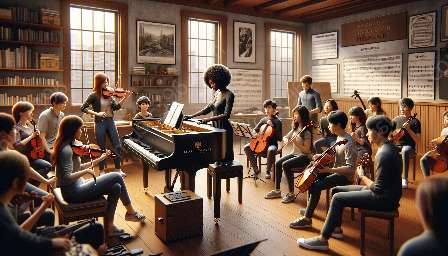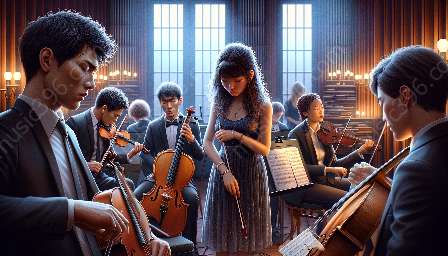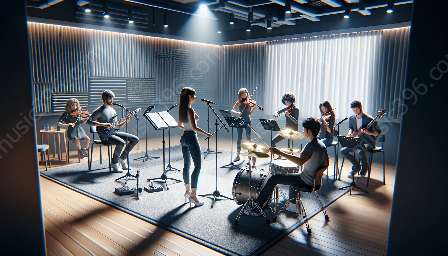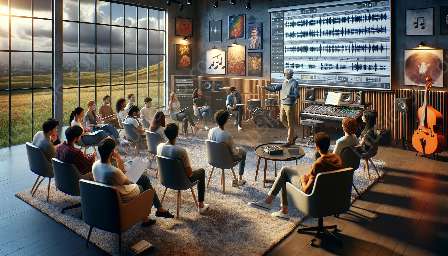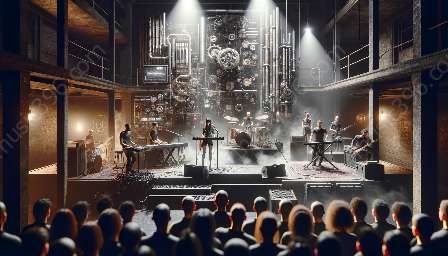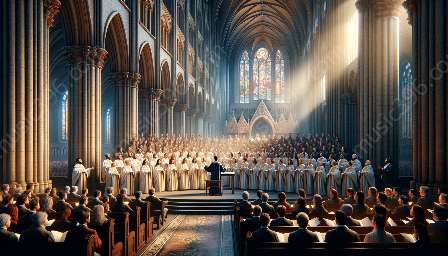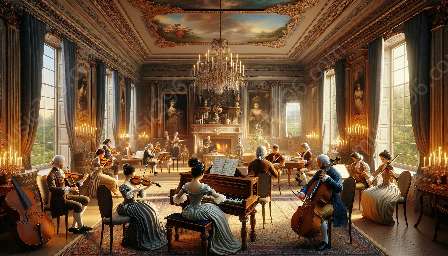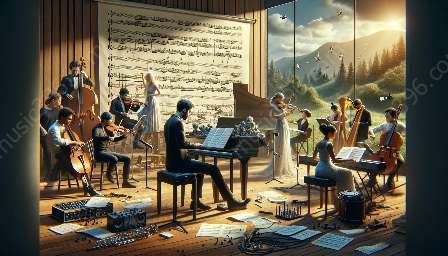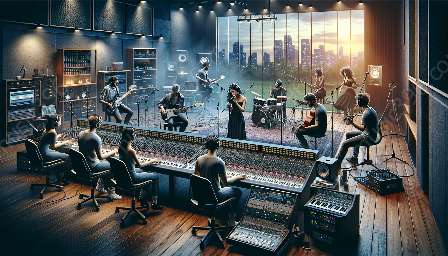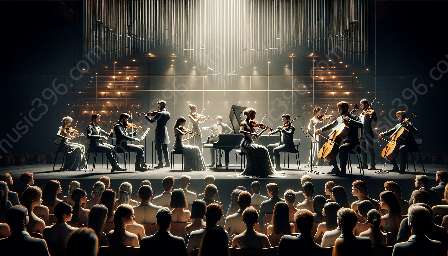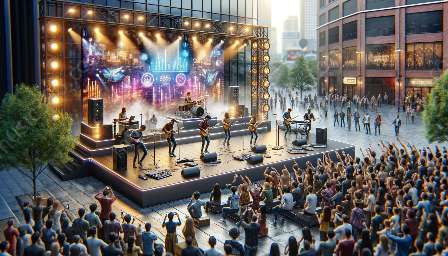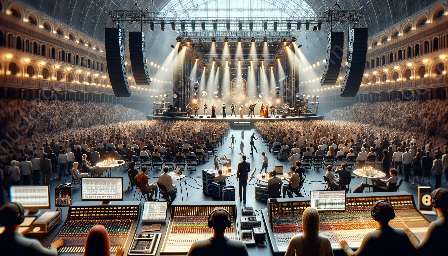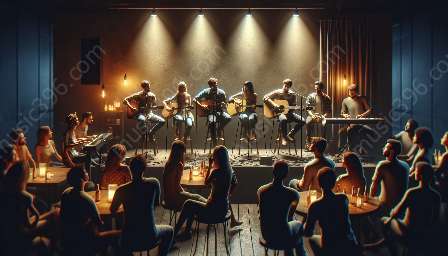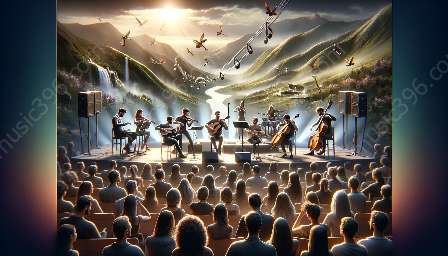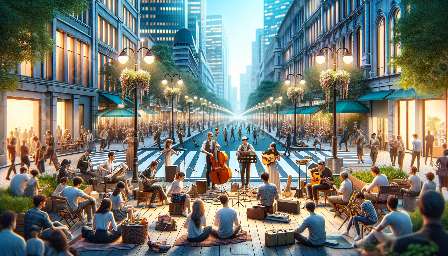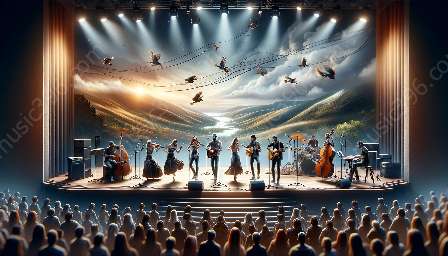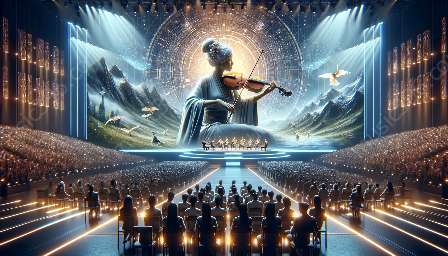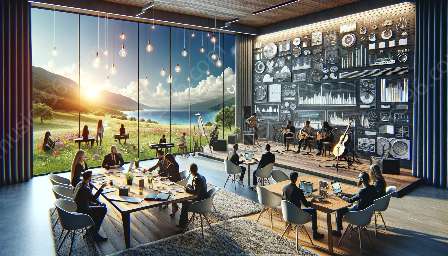Industrial music performance has undergone significant evolution over time, reflecting the changing cultural and technological landscape. From its origins in the late 1970s to the present day, industrial music performances have transcended boundaries and influenced a diverse range of music genres and performance styles.
The Origins of Industrial Music Performance
The roots of industrial music performance can be traced back to the late 1970s, emerging as a reaction to the mainstream music scene of the time. Industrial music performances often featured avant-garde, experimental, and electronic elements, incorporating unconventional instruments and sound manipulation techniques.
The early industrial music performances were characterized by a raw and confrontational energy, often challenging societal norms and pushing the boundaries of traditional music performance. Bands such as Throbbing Gristle, Cabaret Voltaire, and Einstürzende Neubauten were pioneers in shaping the industrial music performance landscape, incorporating multimedia elements and performance art into their live shows.
Evolution of Performance Techniques
As industrial music gained traction, performance techniques evolved to incorporate a wide array of visual and auditory elements, creating immersive and visceral experiences for audiences. The integration of industrial music with visual art, fashion, and technology became a hallmark of industrial music performances, blurring the lines between music and other art forms.
Industrial music performances began to utilize industrial and mechanical aesthetics, incorporating elements such as metal percussion, distorted vocals, and abrasive synthesizer sounds. The use of industrial noises and found objects as musical instruments became synonymous with the industrial music performance ethos, embracing chaos and dissonance as integral components of the live experience.
Technological Advancements
With the advancement of technology, industrial music performance embraced innovative audiovisual production techniques, incorporating video projections, lighting effects, and interactive multimedia installations. Industrial music performances became immersive spectacles, challenging conventional notions of stage performance and transcending traditional music venues.
The integration of electronic instruments, samplers, and digital sound processing technologies further expanded the sonic possibilities of industrial music performances, enabling artists to create complex and dynamic soundscapes in a live setting.
Influence on Music Performance
The evolution of industrial music performance has had a profound impact on the broader music performance landscape. The boundary-pushing nature of industrial music performances has influenced diverse genres, from electronic and experimental music to metal, punk, and alternative rock.
Elements of industrial music performance, such as live sampling, sonic experimentation, and multimedia integration, have become integral parts of contemporary music performances, shaping the way artists engage with their audiences and create immersive sonic environments.
Current Trends and Future Directions
In the present day, industrial music performance continues to evolve, embracing new technologies and interdisciplinary collaborations. Industrial music performances have expanded beyond traditional concert settings, integrating with performance art, interactive installations, and virtual reality experiences.
The ethos of industrial music performance, characterized by a relentless pursuit of innovation and a disregard for conventional norms, continues to inspire new generations of artists and performers across a wide spectrum of creative disciplines.

